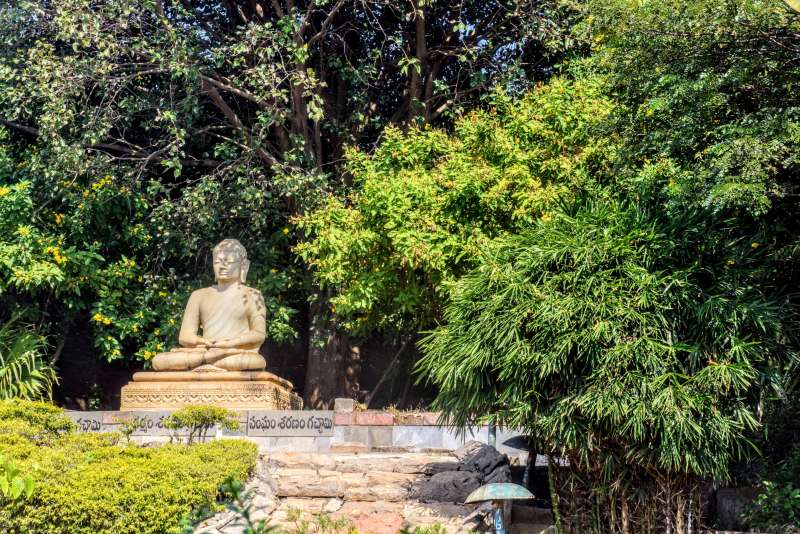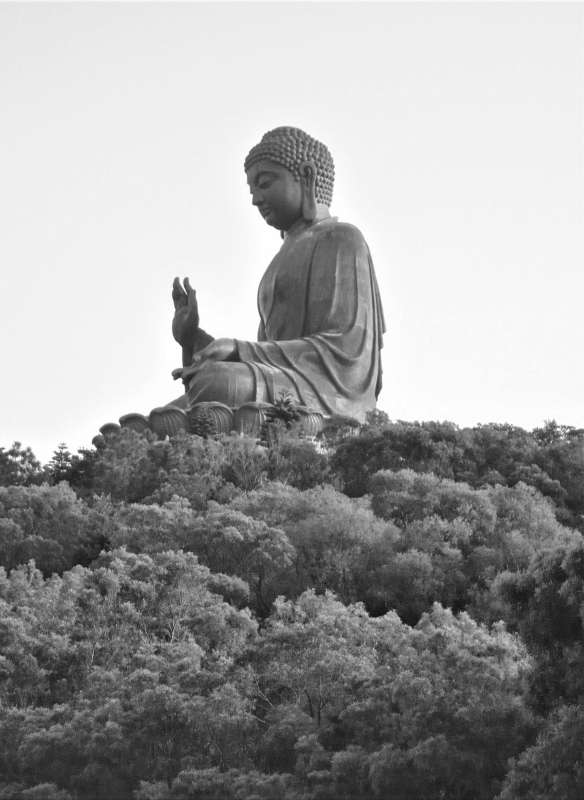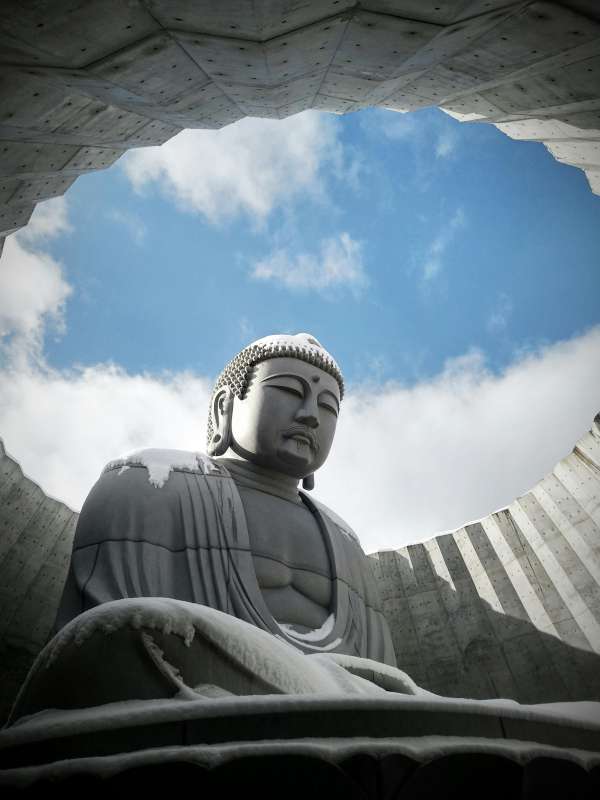The Busy Person's Paradox: Why We Lose More Time Without a Plan
Published on: May 6, 2025
The Anatomy of the Busy Person's Paradox
Let’s address the elephant in the room: everyone wants to be efficient, yet most people find themselves running in circles, overwhelmed by endless to-do lists and constant interruptions. The paradox is as old as the concept of time management itself: the busier you are, the less you seem to accomplish. The culprit? A lack of planning. This is the busy person's paradox, a phenomenon where activity masquerades as productivity, but in reality, the absence of direction leads to squandered hours, missed opportunities, and chronic stress.
Modern society celebrates busyness as a badge of honor. We glorify the overbooked calendar and the art of multitasking. But let’s be honest — how many of us actually feel accomplished at the end of a jam-packed day? More often than not, the answer is a sheepish shrug. The paradox deepens: the more tasks we take on, the more we lose sight of what truly matters. Without a plan, our efforts are fragmented, our focus diluted, and our achievements, well, underwhelming.
The Illusion of Progress: When Activity Isn’t Productivity
It’s tempting to equate busyness with effectiveness. After all, if you’re always in motion, surely you must be getting somewhere, right? Not quite. Research consistently shows that multitasking and reactive work patterns actually decrease overall output. According to a study by the American Psychological Association, task-switching can reduce productivity by up to 40%. The constant shifting of gears taxes the brain, leading to more mistakes and less creativity.
Consider the archetype of the modern office worker: juggling emails, answering calls, attending meetings, all while trying to chip away at a mountain of tasks. The result is a day spent in a state of perpetual urgency, with little to show for it. The paradox lies in the fact that the busier we are, the less time we have to step back and assess whether our actions align with our goals. Instead of moving forward, we end up treading water.
Busyness, in this context, is a form of procrastination. It provides a convenient excuse to avoid the uncomfortable work of prioritizing, planning, and, most importantly, saying no. The truth is, without a plan, we are at the mercy of external demands and distractions, forever reacting instead of acting with purpose.
The Cost of Chaos: Real-Life Consequences of Planless Productivity
Let’s get specific. What does a lack of planning actually cost us? First, there’s the obvious: wasted time. A Harvard Business Review study found that employees spend up to 41% of their time on tasks that offer little personal satisfaction or organizational value. That’s nearly half of the workweek lost to low-impact activities. Second, there’s decision fatigue. When every choice is made on the fly, mental energy is depleted faster, leading to poorer decisions as the day goes on.
Third, there’s the toll on well-being. The stress of constant busyness, without a sense of progress or control, is a recipe for burnout. The World Health Organization now recognizes burnout as an occupational phenomenon, characterized by exhaustion, cynicism, and reduced professional efficacy. The root cause? Chronic misalignment between effort and outcome — exactly what happens when we work without a plan.
Let’s not forget the opportunity cost. Time spent on trivial tasks is time not spent on high-impact projects, skill development, or meaningful relationships. In the end, the busy person’s paradox doesn’t just rob us of time; it steals our potential.
Contrasting Chaos and Structure: Two Workflows, Worlds Apart
To truly grasp the impact of planning, let’s compare two hypothetical professionals: Alex, who operates in chaos, and Taylor, who works with structure.
- Alex’s Day (Chaos): Alex starts the day by checking emails, immediately responding to whatever is most urgent. Meetings are accepted without question. Tasks are added to an ever-growing list, but priorities shift constantly. Lunch is eaten at the desk, if at all. By the end of the day, Alex feels exhausted yet uncertain about what was actually accomplished.
- Taylor’s Day (Structure): Taylor begins with a brief review of the day’s top priorities, set the night before. Emails are checked at designated times. Meetings are scrutinized — only those with clear agendas and relevance are attended. Tasks are organized using a priority matrix. Breaks are scheduled to recharge. At day’s end, Taylor can point to concrete progress on meaningful goals.
The difference is not in the number of hours worked, but in how those hours are directed. Taylor’s structured approach yields greater satisfaction, less stress, and more tangible results. Alex, in contrast, is caught in a whirlwind of activity with little to show for it.
The Priority Matrix: A Simple Tool for Outsmarting the Paradox
If you want to escape the busy person’s paradox, you need a system. Enter the priority matrix, a deceptively simple yet profoundly effective tool. Made famous by former U.S. President Dwight D. Eisenhower, the priority matrix helps you distinguish between what is urgent and what is important. Here’s how it works:
- Urgent and Important: Tasks that require immediate attention and have significant consequences. Do these first.
- Important but Not Urgent: Tasks that contribute to long-term goals but don’t have immediate deadlines. Schedule these.
- Urgent but Not Important: Tasks that demand attention now but have little lasting value. Delegate or minimize these.
- Neither Urgent nor Important: Tasks that are neither pressing nor meaningful. Eliminate these altogether.
By categorizing your tasks in this way, you force yourself to confront the uncomfortable truth: not everything deserves your attention. The matrix acts as a filter, allowing only the most impactful work to rise to the top. This is not just theory — companies like Google and Apple have adopted variations of this method to streamline decision-making and boost innovation.
Minimal Daily Routines: The Secret Weapon of High Performers
Planning doesn’t have to be complicated. In fact, the most effective routines are often the simplest. Consider the concept of the minimal daily routine: a short, repeatable sequence of actions that set the tone for the day. High performers across industries swear by their routines, whether it’s a morning review of priorities, a midday walk, or an evening reflection.
Why do routines work? For one, they reduce cognitive load. When certain behaviors become automatic, mental energy is freed up for more important decisions. Second, routines create momentum. By starting the day with a small win — like making your bed or reviewing your calendar — you set yourself up for further success. Third, routines act as anchors in a sea of unpredictability. No matter how chaotic the day becomes, you have touchpoints that bring you back to center.
It’s not about cramming more into your schedule; it’s about making space for what matters. A minimal routine might include:
- Five minutes reviewing your top three priorities
- Ten minutes of focused work before checking emails
- A midday break for movement or reflection
- End-of-day review and planning for tomorrow
These small rituals, when practiced consistently, compound over time, leading to greater clarity, resilience, and productivity.
Slowing Down to Speed Up: The Strategic Pause
Here’s the twist that most busy people miss: real efficiency comes not from moving faster, but from occasionally slowing down. Taking time to think, plan, and reflect is not a luxury; it’s a necessity. The world’s most effective leaders — from Warren Buffett to Oprah Winfrey — carve out regular periods for deep work and strategic thinking. They understand that time spent planning pays exponential dividends in execution.
This is the essence of the strategic pause: a deliberate break from the fray to assess, prioritize, and course-correct. It might be a weekly review, a quarterly retreat, or even a daily moment of silence. The key is to make it non-negotiable. When you slow down to plan, you regain control over your time, your attention, and ultimately, your results.
It’s not just about personal productivity. Organizations that institutionalize strategic pauses — through planning sessions, after-action reviews, or innovation sprints — consistently outperform their competitors. They are less reactive, more resilient, and better equipped to navigate uncertainty.
Common Myths That Keep Us Stuck in the Paradox
The busy person’s paradox persists in part because of deeply ingrained myths about work and productivity. Let’s debunk a few:
- Myth 1: “If I’m not busy, I’m not valuable.” In reality, value comes from results, not activity. The most valuable people are those who solve important problems, not those who fill every minute with motion.
- Myth 2: “Planning is a waste of time.” Research shows that every minute spent planning saves ten minutes in execution. Planning is not a distraction from work; it is the foundation of effective work.
- Myth 3: “Multitasking is efficient.” The human brain is not designed for multitasking. Attempting to juggle multiple tasks leads to more mistakes and less creativity.
- Myth 4: “I don’t have time to plan.” This is the ultimate irony. The less time you think you have, the more you need a plan. Planning creates time by eliminating waste and focusing effort.
These myths are seductive because they offer easy answers. But the reality is more nuanced. True productivity requires discipline, discernment, and the willingness to challenge assumptions.
How Technology Both Helps and Hinders Planning
It would be remiss not to mention the role of technology in the busy person’s paradox. On one hand, digital tools offer unprecedented opportunities for organization and automation. Calendar apps, project management platforms, and focus timers can streamline planning and execution. On the other hand, the constant ping of notifications, the lure of endless scrolling, and the proliferation of communication channels can fragment attention and erode deep work.
The key is intentionality. Use technology as a servant, not a master. Set boundaries around when and how you engage with digital tools. Batch similar tasks together, mute non-essential notifications, and schedule regular digital detoxes. Remember, the goal is not to fill every moment with activity, but to create space for focus and creativity.
Some people find success with apps like xTimeTo, which helps visualize the passage of time and encourages mindful planning. The right tool, used with intention, can be a powerful ally in escaping the paradox.
Building a Culture of Planning: From Individuals to Teams
While personal planning is crucial, the benefits multiply when teams and organizations embrace structured workflows. High-performing teams share a few key traits: clear goals, regular check-ins, and a bias for action over endless discussion. They use planning tools not just to assign tasks, but to foster alignment and accountability.
Consider the difference between a team that meets weekly to review priorities and progress, versus one that operates in silos, with little communication or coordination. The former adapts quickly to change, learns from mistakes, and celebrates wins. The latter is plagued by duplication, miscommunication, and wasted effort.
Organizations that invest in planning — through training, dedicated time, and supportive technology — see measurable gains in productivity, morale, and innovation. Planning is not a one-time event, but an ongoing process of learning and adaptation.
Practical Steps to Escape the Busy Person’s Paradox
It’s one thing to understand the paradox; it’s another to break free from it. Here are actionable steps to get started:
- Audit Your Time: Spend a week tracking how you actually spend your hours. Identify patterns of waste and opportunity.
- Define Your Priorities: Use a priority matrix to clarify what truly matters. Be ruthless in eliminating or delegating low-value tasks.
- Create Minimal Routines: Establish simple daily rituals that anchor your day and reinforce your goals.
- Schedule Strategic Pauses: Block regular time for planning, reflection, and deep work. Treat these appointments as sacred.
- Leverage Technology Wisely: Choose tools that support, rather than distract from, your planning efforts.
- Communicate with Your Team: Share your plans and priorities, and encourage others to do the same. Collective planning amplifies individual gains.
Remember, escaping the paradox is a journey, not a destination. It requires ongoing experimentation, reflection, and adjustment. The reward is not just more time, but more freedom, fulfillment, and impact.
Why Slowing Down Is the Ultimate Productivity Hack
In a world obsessed with speed, the idea of slowing down can feel counterintuitive, even rebellious. But the evidence is clear: those who take time to plan, reflect, and recharge consistently outperform those who operate in a state of perpetual busyness. The busy person’s paradox is not a trap; it’s an invitation to rethink our relationship with time, work, and achievement.
So the next time you find yourself drowning in tasks, remember: activity without direction is just motion. Pause. Plan. Prioritize. And watch as the paradox unravels, revealing a path to genuine, sustainable productivity.










